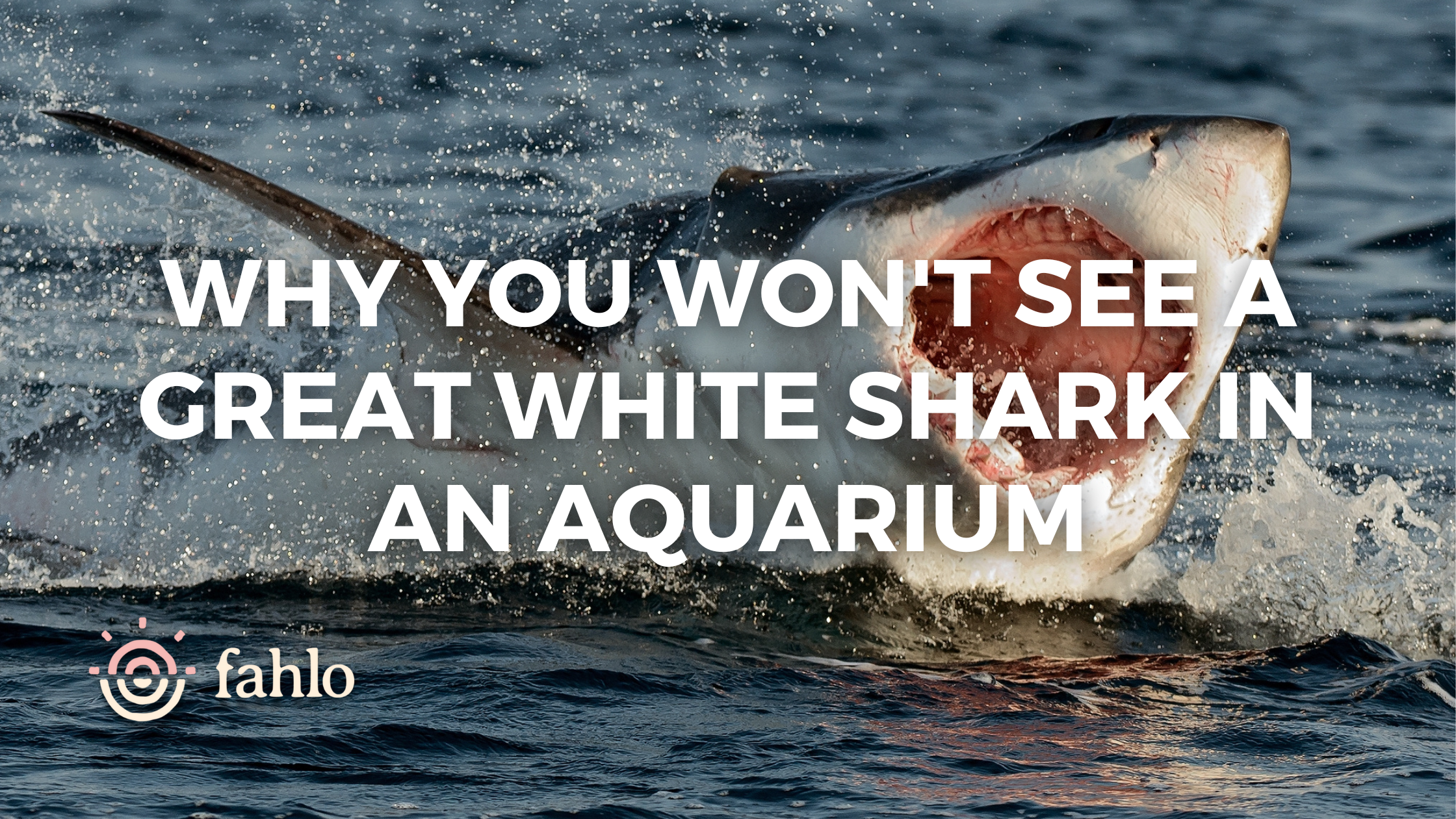
While many other sharks can live in captivity, you’ll never see a Great White shark in an aquarium. While it has been attempted many times over the past few decades, it’s never been met with success. The longest a Great White shark was in captivity was just 198 days and that was an infant shark. More mature sharks will unfortunately die when put in any kind of artificial environment. This is due in part to the sheer enormity of the shark, but also because of specific needs that can’t be safely met in captivity.
Keep reading to learn the main reasons why you can’t put Great White sharks in an aquarium.
They Crave the Hunt
The first reason why it’s very hard to put a Great White shark in an aquarium is their diet. While smaller sharks can live on a diet of fish, Great Whites like to eat larger animals like seals, sea lions, rays, sea turtles, and even whales. However, they don’t want to be fed these dead animals by humans. Instead, they instinctively want to hunt their prey, which they can’t do from the confines of their tank.
It’s Very Expensive to Hold Them
It is an enormous financial burden to try to keep a Great White in an aquarium. They require massive tanks, very expensive food, and a top-level of care from experts who know how to deal with the danger of being near them. Aquarium sharks need to have the perfect balance of the salt solution in their tanks or else they won’t survive. They also can’t live with any other animals as they will inevitably kill them.
Their Gills Need Movement to Work
Great Whites need to swim around constantly in order to breathe properly because their gills require constant motion to be able to filter air. This is one of the reasons you will rarely see sharks in an aquarium. In a small tank, the Great White simply can’t get enough air. Any decrease in movement or slowing of motion will make it harder and harder for them to breathe. As a result, they will not be able to live long unless they are in open water.
They Only Know Freedom
Great Whites have evolved to swim long distances, so being enclosed will feel very foreign to them and they will struggle mentally and physically to cope with the change. In the past, when Great Whites have been captured, they have caused themselves injuries because they repeatedly swim into the glass or barriers trying to escape. Aquarium sharks have been known to become more violent and even depressed when confined. Self-sustained injuries and the stress of not being able to swim freely eventually will result in the death of the shark.
Follow a Shark in the Wild
Ultimately, putting a Great White shark in captivity is dangerous to their health. Instead, for those who are curious about these giant sharks, you can go on a sustainable shark-watching tour at sea. Or, if you are wanting to follow a shark without ever leaving your home, you can do so with The Voyage Bracelet from Fahlo. This bracelet, featuring a shark charm and natural stone beads comes with tracking info so that you can track a real shark at sea. You’ll receive information about your shark including their species type, exact whereabouts, name, and a picture of them. The best part is, with the purchase of every bracelet, Fahlo donates a percentage to marine conservation organization Saving the Blue.